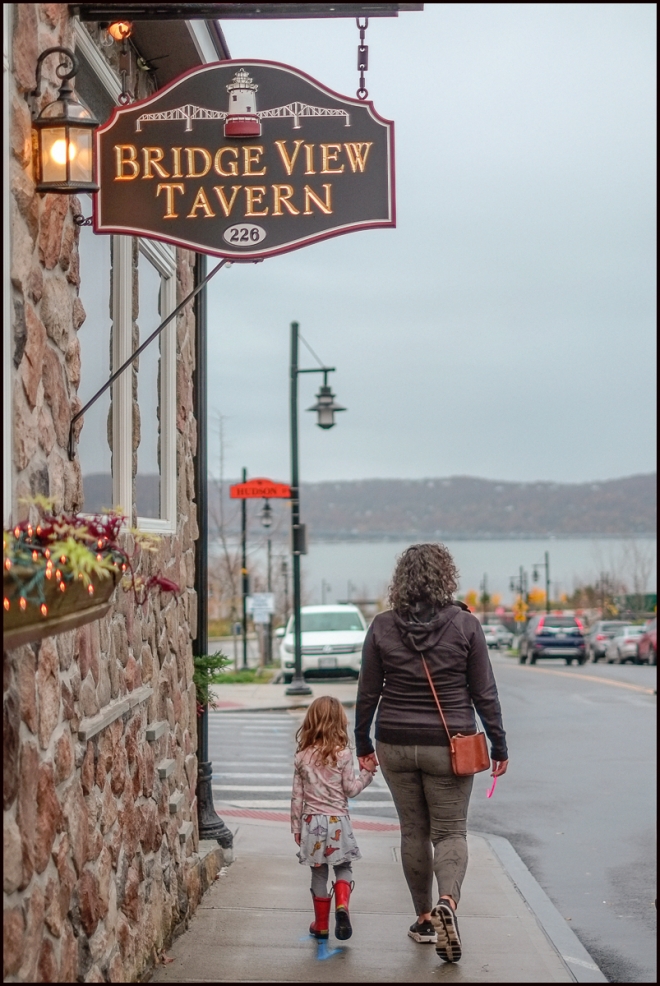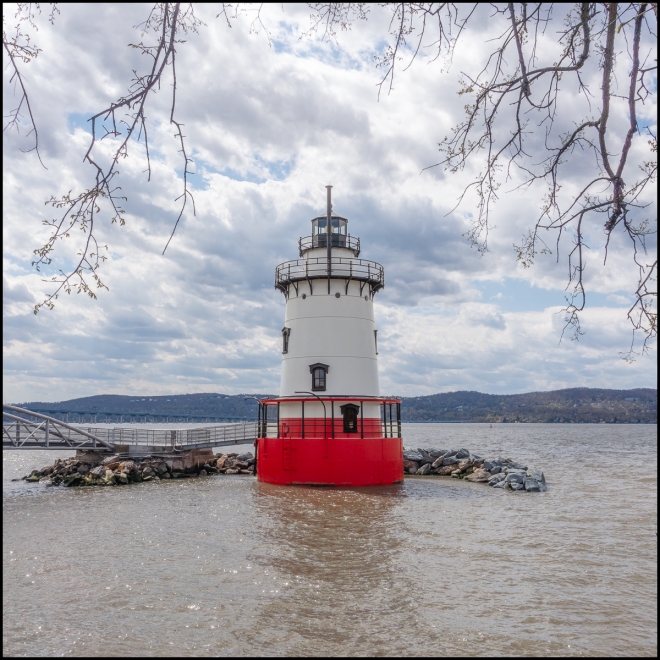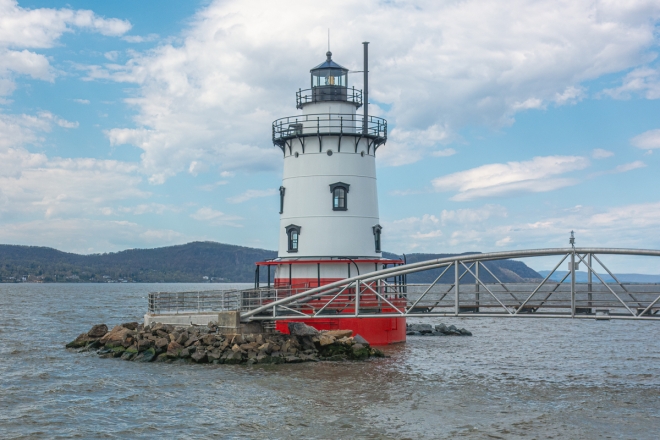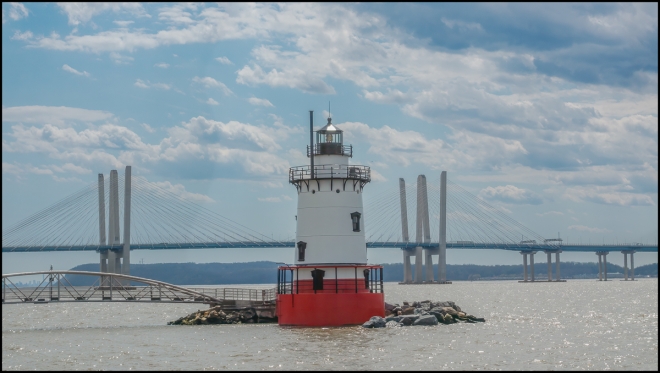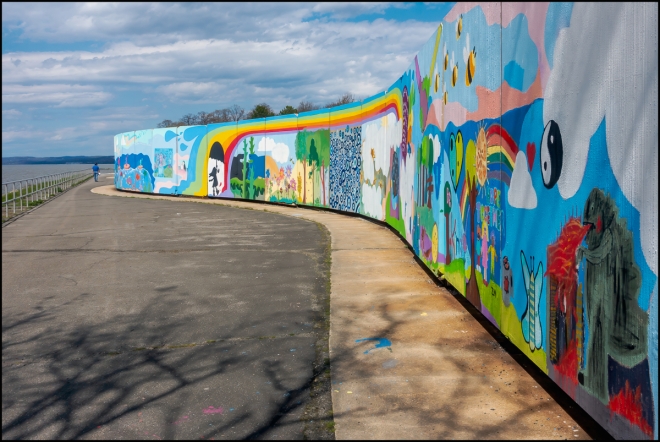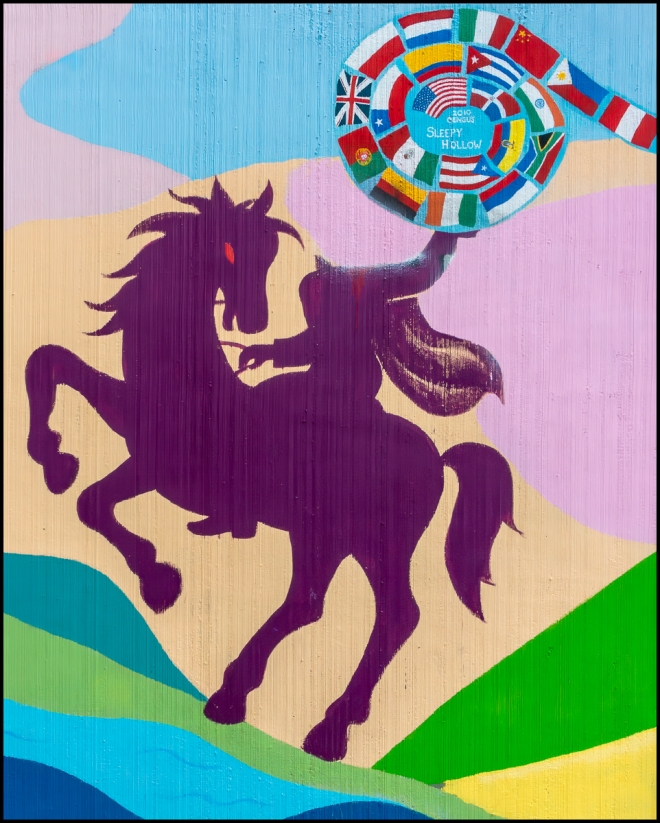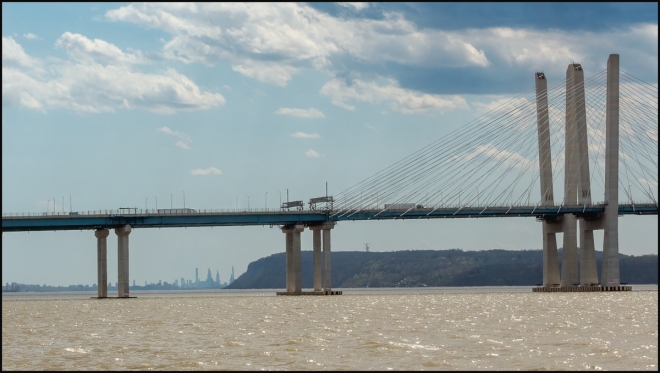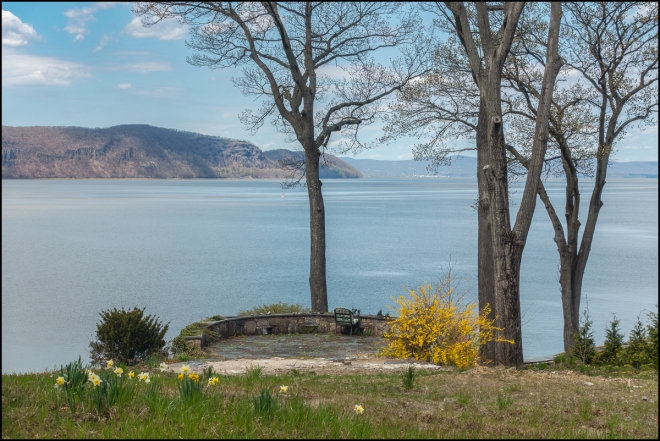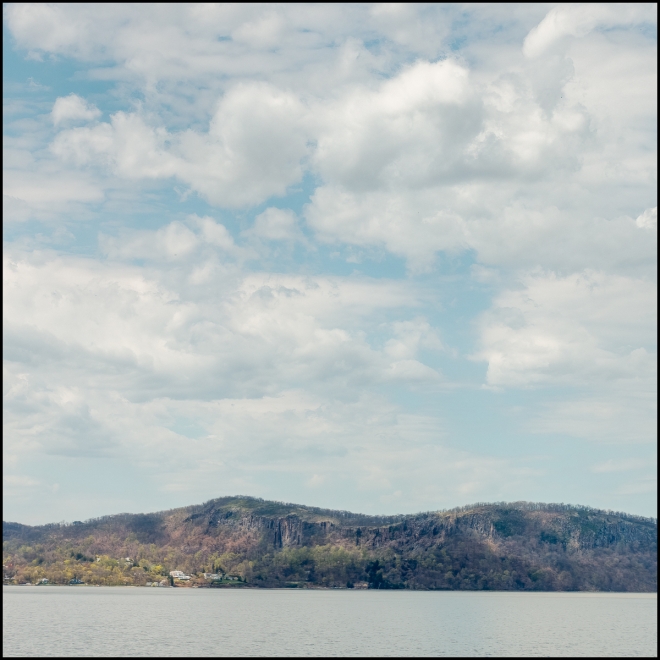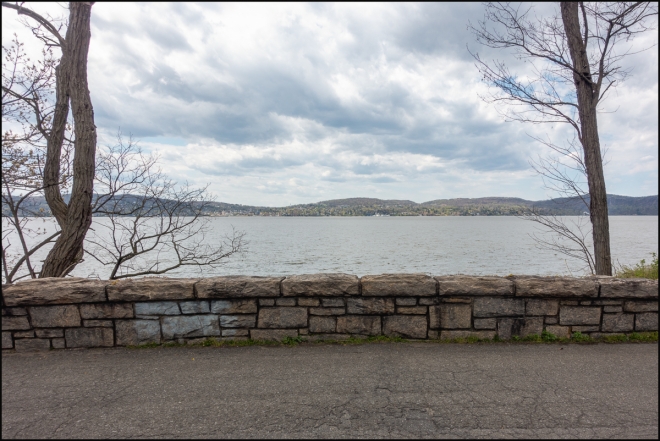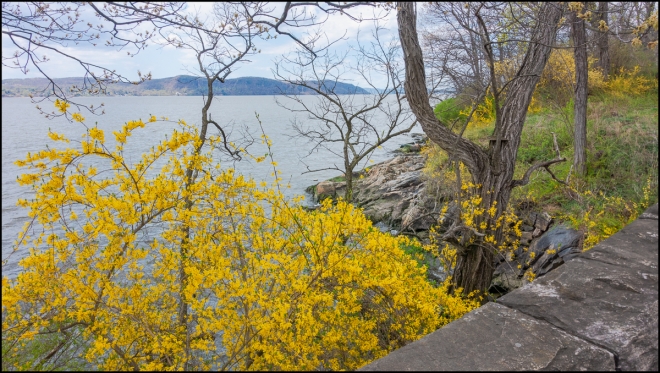During my walk to Sleepy Hollow I came across this pond. It’s called “Freemont Pond”. The “Freemont” in the name refers to John Charles Frémont also known as “The Pathfinder”. He was an American explorer, military officer, and politician. He was also the first Republican nominee for president of the U.S in 1856 (he lost to Democrat James Buchanan).
A Native of Georgia, he attended college in Charleston until he was expelled for irregular attendance. In the 1840s, he led five expeditions into the western states. Although he opposed slavery, he didn’t seem to have a problem with massacring native Americans, leading the Sacramento River massacre, Klamath Lake massacre, and Sutter Buttes massacre.
He Took control of California from the California Republic in 1846 and was later court-martialed and convicted mutiny and insubordination after a conflict over who was the rightful military governor of California. His sentence was commuted, and he was reinstated by President James K. Polk.
He got rich in the California gold rush and became one of the first two U.S. Senators elected from the new state of California in 1850.
During the Civil War he was given command of the Department of the West by Abraham Lincoln, but when he issued an unauthorized emancipation edict he was relieved of his command for insubordination.
In 1864, the Frémonts purchased an estate in Sleepy Hollow, New York, They named it Pocahoe, ironically a native American name. The house is now a private residence, which still stands at 7 Pokahoe Drive in Sleepy Hollow, a stone’s throw away from where this picture was taken.
After the Civil War, he lost much of his wealth in the unsuccessful Pacific Railroad in 1866, and he lost more in the Panic of 1873.
He served as Governor of the Arizona Territory from 1878 to 1881. After his resignation as governor, he retired from politics and died destitute in New York City in 1890.
Wikipedia has a very long article on him here
Taken with a Sony RX100 M3

